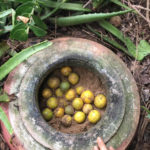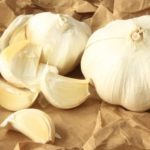Preparation:
– Fresh lemons, preferably unwaxed and with the stem still attached.
– Clean, dry sand, enough to completely cover the lemons.
– A jar, crock, or container with a lid to hold the sand and lemons.
Instructions:
– Begin by selecting fresh, firm lemons with smooth, unblemished skins. Rinse them gently and allow them to air dry completely.
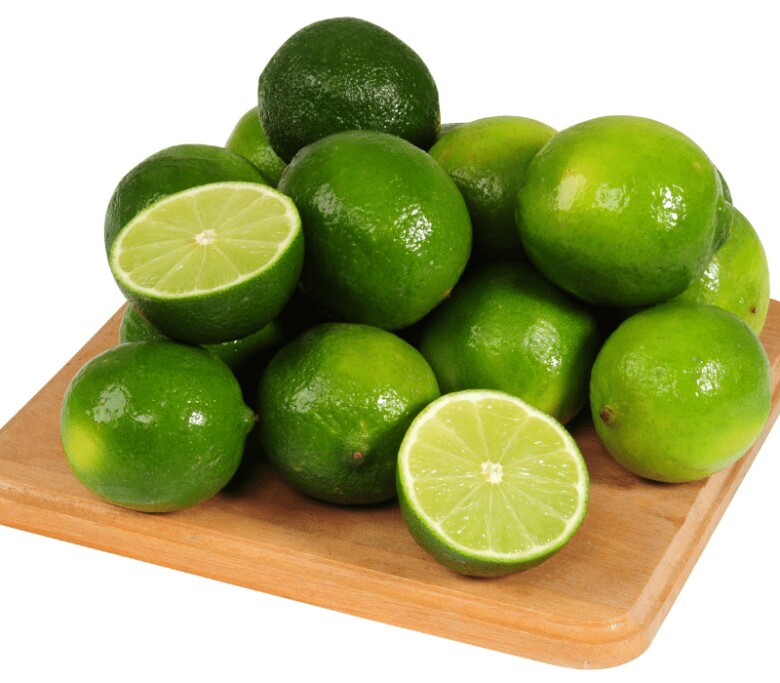
– The sand used for preservation should be clean and fine, free from dirt, debris, or pebbles. Source it from a reputable supplier or purchase it from a building materials store. Prior to use, lightly mist the sand to achieve optimal moisture.
– Start by placing a layer of sand at the bottom of your jar or crock, followed by a layer of lemons. Continue alternating layers of sand and lemons until all ingredients are used up. Note: The final top layer should be sand, completely covering the lemons beneath.
– Store the jar or crock in a cool, dry, and well-ventilated area, away from direct sunlight, to prolong the lemons’ freshness.
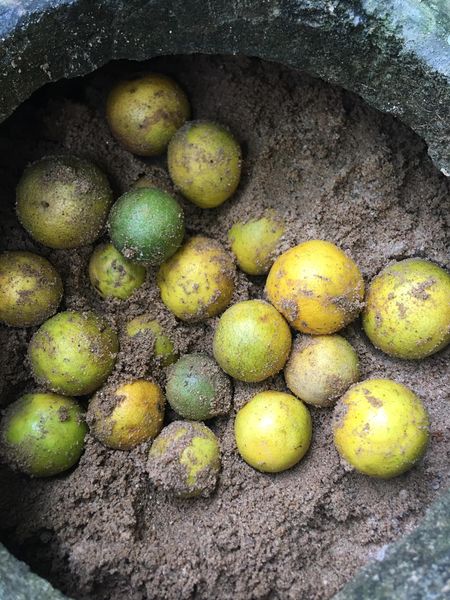
The sand helps maintain stable humidity and shields the lemons from external temperature fluctuations, thus preserving their freshness for up to 2 months. This method is applicable not only to lemons but also to other citrus fruits such as oranges, tangerines, grapefruits, and kumquats.
Alternatively, if you have access to a refrigerator and wish to store lemons for several months, try the following method:
Preparation:
– Fresh lemons.
– Fine salt.
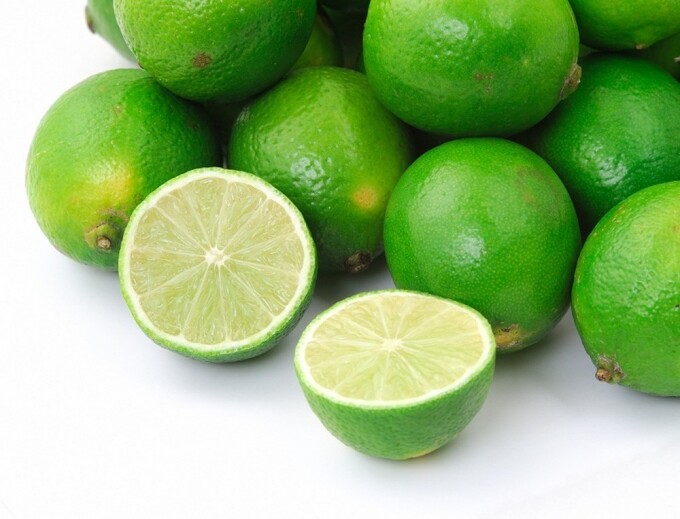
Instructions:
Upon purchasing, gently rinse the lemons to eliminate any surface dirt, then briefly soak them in a dilute salt solution before air-drying them completely.
For larger lemons, simply halving the fruit is sufficient for use; there is no need to peel them. Conversely, with thinner-skinned lemons like Meyer lemons, you can conveniently halve and manually squeeze the juice out.
If you opt to use a citrus juicer to expedite the process, take care not to allow lemon oil from the rind to contaminate the juice, as it may impart a bitter taste. A useful trick is to wrap the lemon halves in paper towels before juicing. The paper will absorb excess oil, ensuring clearer and better-tasting juice. Fold the paper towels into small squares, avoiding oversized sheets that might absorb the juice itself. Replace the paper towels as they become saturated with oil.
For regular lemons, if time efficiency is a priority, you can employ a slow juicer. However, this method necessitates peeling the lemons to prevent any oil from tainting the juice.
Post-juicing, transfer the lemon juice into small ice cube trays and place them in the freezer compartment of your refrigerator.
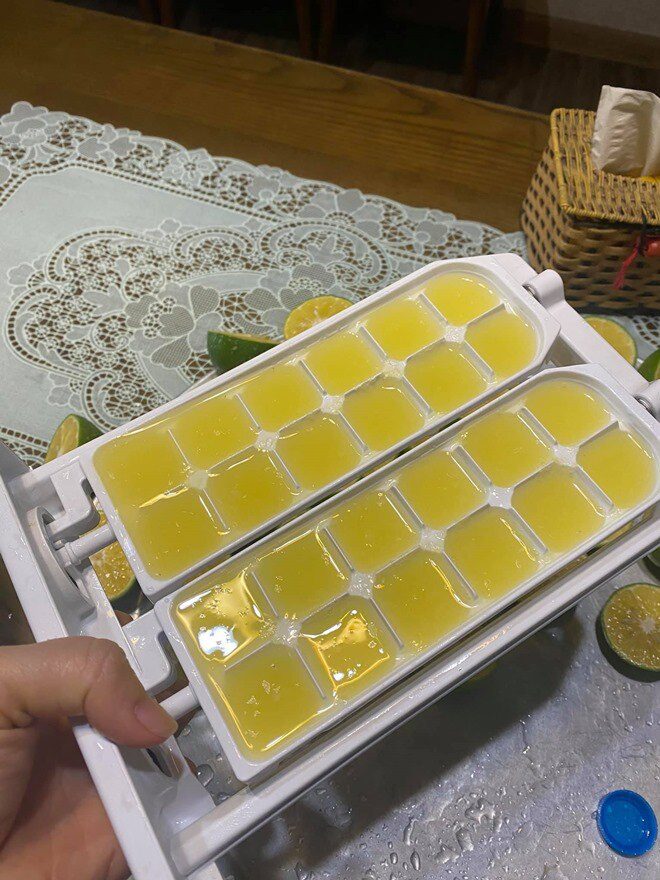
Once the lemon juice cubes are frozen solid, transfer them into airtight containers or ziplock bags. Whenever you need lemon juice for dipping sauces, blanching vegetables, making lemonade, or brewing lemon tea, simply pop one or two cubes (or more, depending on your preference) into your dish or beverage. This preservation method ensures year-round access to fragrant, fresh-tasting lemon juice, free from spoilage or bitterness.
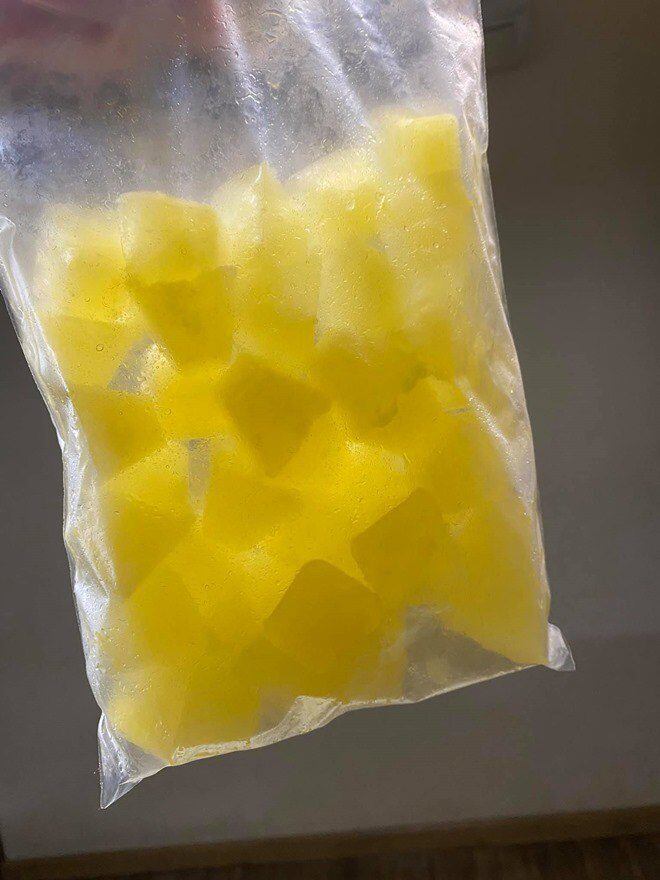
Preserving Lemons in Sand: A Unique Method to Keep Them Fresh for Weeks
Introducing the ultimate hack to keep your lemons fresh for longer – bury them in sand! Say goodbye to a cramped and cluttered fridge, and hello to a simple, effective solution. This trick is a game-changer, keeping your lemons in perfect condition and ensuring they last well beyond their usual lifespan. It’s time to transform your fridge and embrace the power of sand!


























